Description
Alkali metals, occupying Group 1 of the periodic table, are a group of highly reactive elements known for their distinctive properties. This group includes lithium, sodium, potassium, rubidium, cesium, and francium. These metals are characterized by their soft texture and silvery color, and they are among the least dense metals, with some even able to float on water. Alkali metals have a single electron in their outermost shell, which makes them highly reactive, especially with water. When reacting with water, they produce hydroxides and hydrogen gas, often accompanied by heat and sometimes even explosions, particularly with the heavier alkali metals.
In nature, alkali metals are never found in their pure form due to their high reactivity; instead, they are always found as compounds. Sodium and potassium are the most well-known and widely used alkali metals. Sodium is crucial in many industries, particularly in the form of sodium chloride (table salt), which is essential for human life. Potassium is another vital element for living organisms and is used in fertilizers to support plant growth.
Their reactivity increases down the group; francium, the heaviest and most reactive, is also the rarest and most unstable. The alkali metals have low ionization energies, which contribute to their high reactivity, and they tend to form +1 cations by easily losing their valence electron. This property makes them highly conductive to heat and electricity. The distinctive properties of alkali metals make them a fundamental subject in chemical education and research, illustrating key concepts in the study of chemical reactivity and periodic trends.
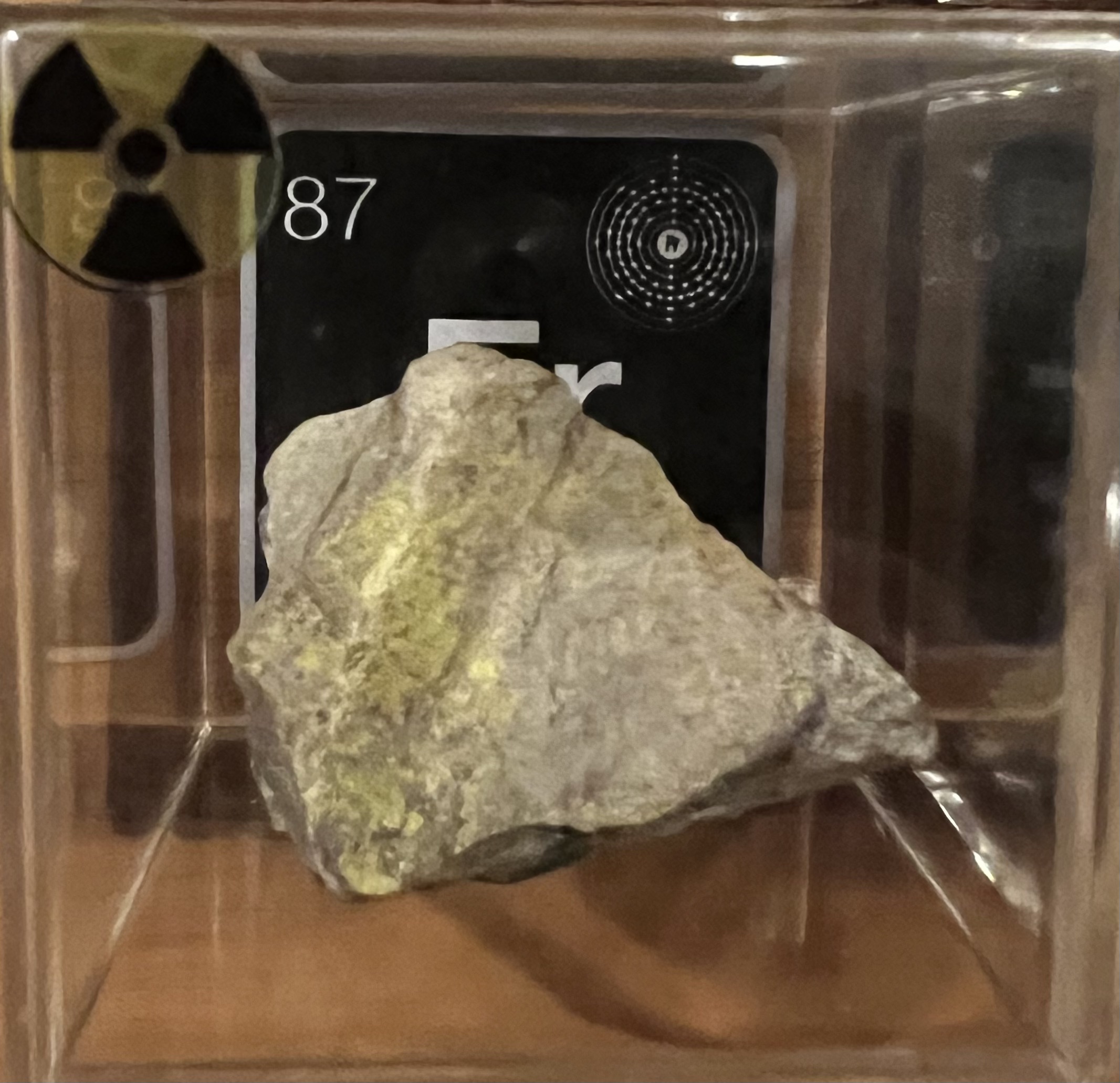
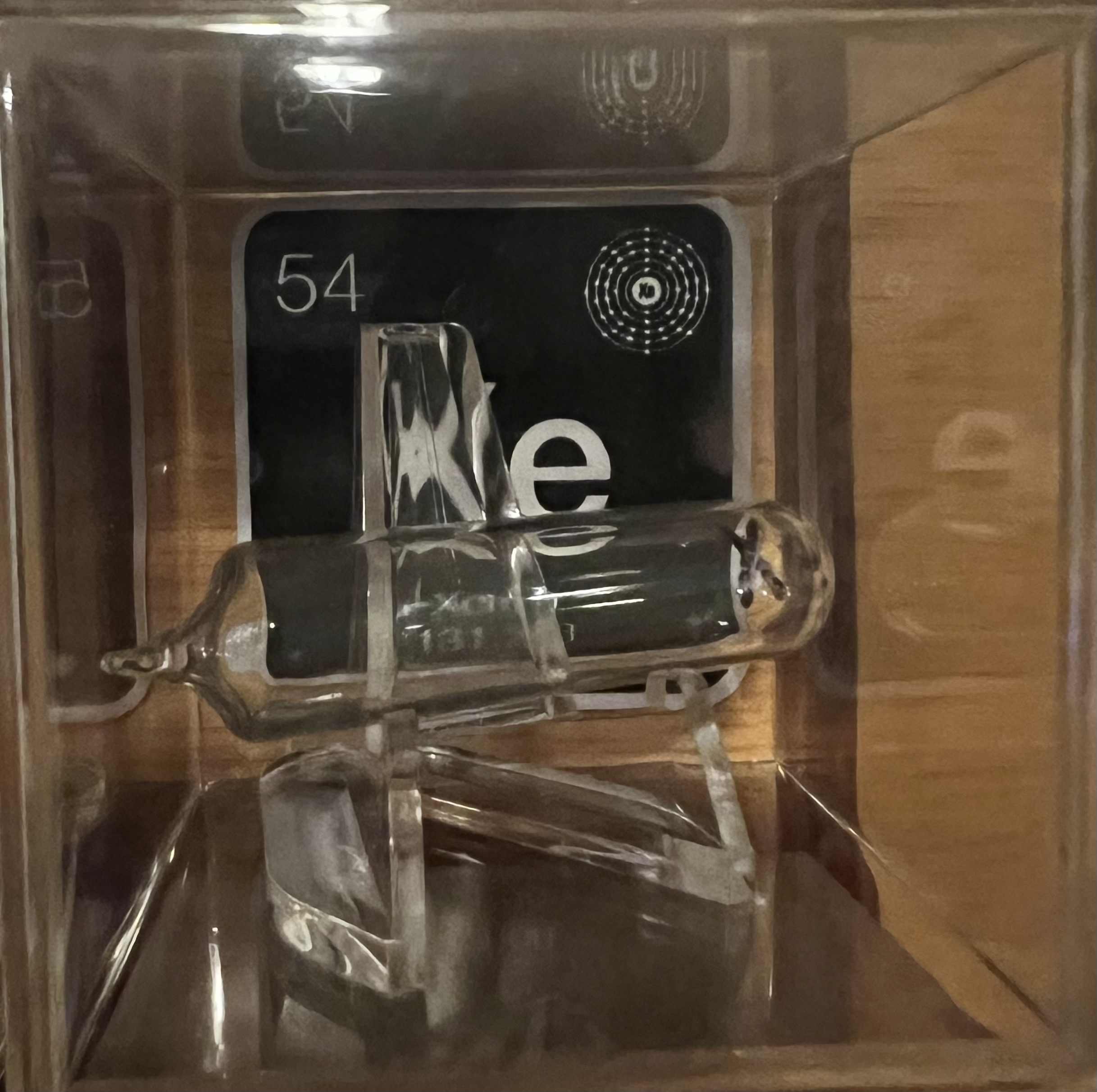
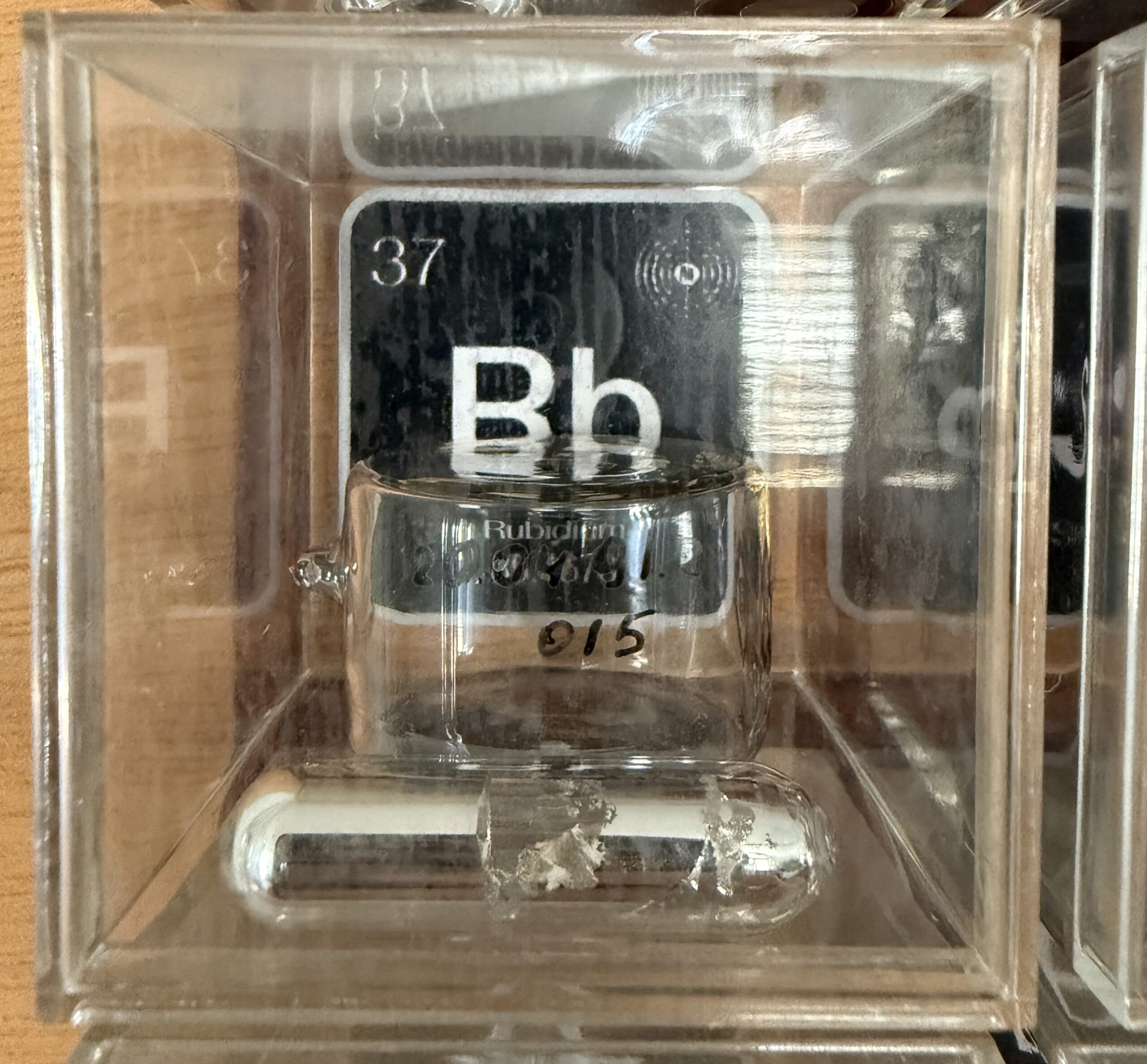
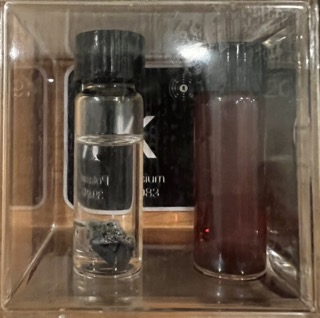

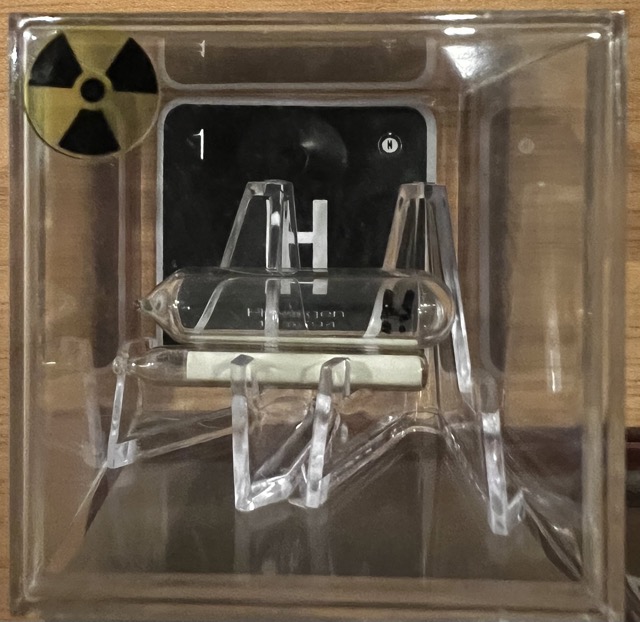
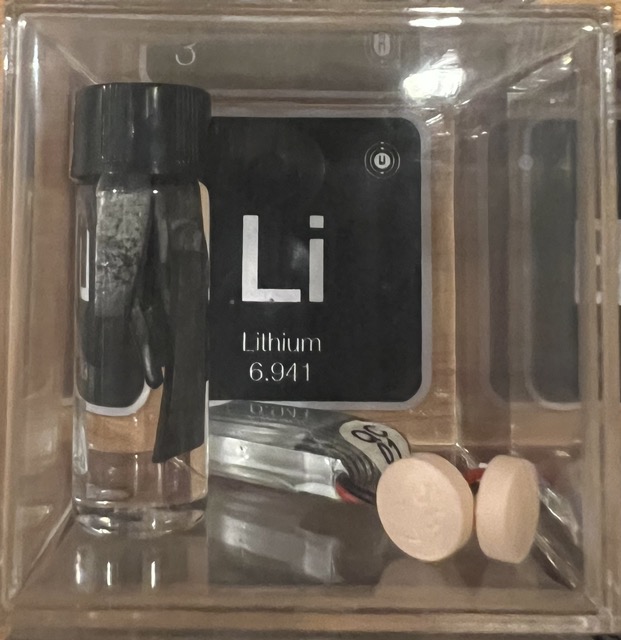
 using WordPress and
using WordPress and